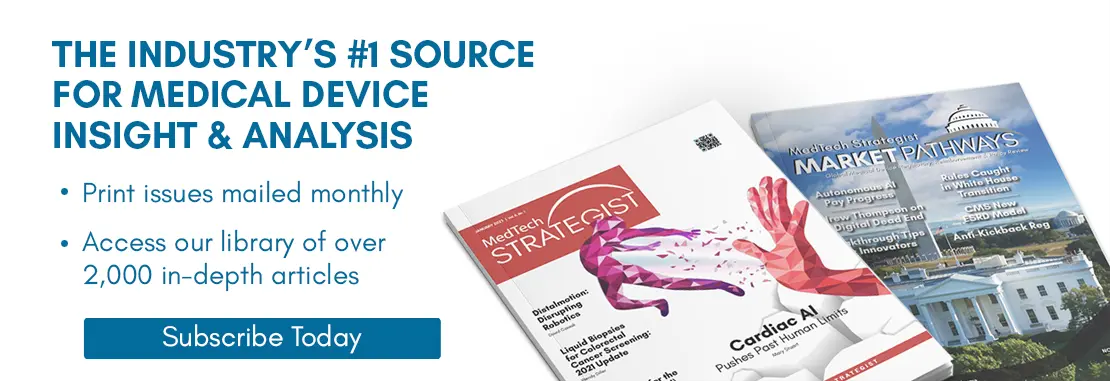ARTICLE SUMMARY:
While many sources have outlined general trends that likely will impact medical device and diagnostics companies in 2023, the volatility and precarious finances of US hospitals is at the top of the list. Given the overabundant data streams, Wall Street assessments, and CEO commentaries, a level set of the system’s current organization and status is in order and could help year-going-forward strategizing and predictions.
US healthcare spending totaled $4.3 trillion in 2021, the latest figure available, which was about one-sixth of the nation’s economy, according to the Centers for Medicare and Medicaid Services. Of that amount, a third went to hospitals, which are struggling to cope with the end of government pandemic relief, Medicare reimbursement cuts, rising operational costs, and a changing caseload mix.
The key trends affecting hospitals this year—all well-known and ongoing—include labor shortages, the elimination of federal pandemic relief, volatile volumes of highly profitable surgical cases, and pressure to diversify large hospital systems away from inpatient settings to lower-cost, closer-to-patient care models of delivery. Some experts are concerned that macroeconomic conditions, notably the potential for a recession, will also negatively impact hospital budgets in ways that did not happen in the past, due to the changing mix of inpatient cases and greater reliance on out-of-pocket payments. These pressures, along with shifting demographics, are leading even large hospital systems to consider cost reduction planning and consolidation opportunities.

